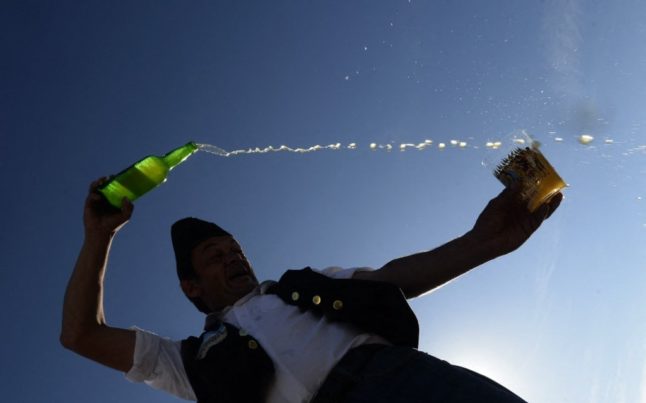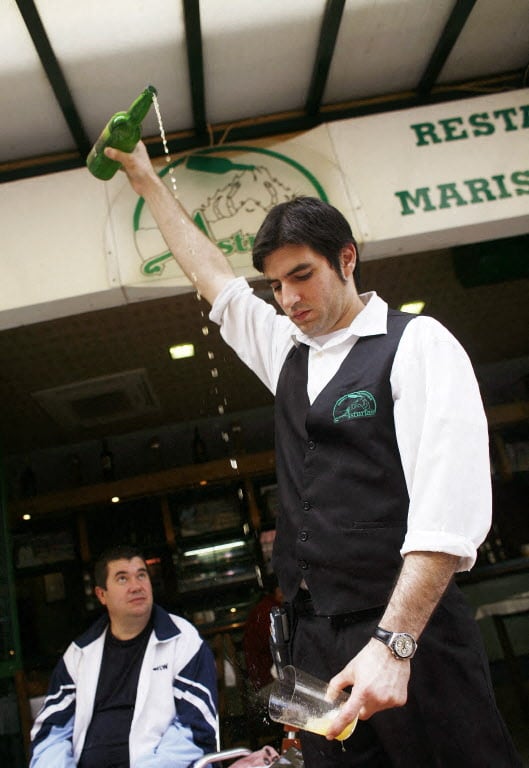Unions representing prison workers reported on Monday that mouse excrement had been discovered on breakfast rolls served to inmates over the weekend at the Albolote penitentiary in the province of Granada.
One union, CCOO, said that prison workers decided to take the rolls off the menu “in order to avoid health problems that may arise from consuming them and because protests from inmates will result in regimental incidents.”
CCOO added that the finding of rodent droppings signaled that the prison did not yet have its mouse problem under control as had been promised by the director.
The flames of conflict between prisoners and officials were further fanned on Saturday when a breakdown of a computer that controls cell doors caused many inmates to be locked inside their cells for three hours after their scheduled free time, creating “chaos”.
The CCOO union and other prison worker groups have recently denounced the overcrowding and lack of staff at Albolote, saying it has led to workers being attacked by inmates. CCOO says that though the facility is designed to house 1,000 prisoners, it currently holds 1,500 and needs a further 80 staff workers.
“Despite the spending that has been done over the last two years (more than €3 million), we continue to have the same technical difficulties that we did prior to these improvements,” the union wrote.





 Please whitelist us to continue reading.
Please whitelist us to continue reading.
Member comments